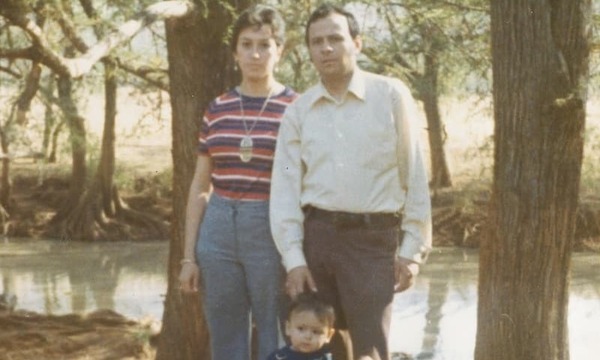This morning I was reading in Hosea 9:7-15 during my Bible reading time and was reminded once again why it is so important to be reading and learning the Bible. In those nine short verses are five allusions to places/events/things that someone who reads the Bible a lot should be able to recognize. Test your Bible knowledge and see if you know what Hosea is alluding to in each of these five cases. I'll list them first without explanation (to allow you to check yourself) and then write a short comment about each:
1. "Ephraim" (vv. 8, 11, 13)
2. "As in the days of Gibeah" (v. 9)
3. "Baal-peor" (v. 10)
4. "planted in a pleasant meadow like Tyre" (v. 13)[1]
5. "Gilgal" (v. 15)
Ěý
1. "Ephraim": One of the sons of Joseph, one of the tribes of Israel, but in the context of Hosea 9 (as in many similar prophetic contexts), a simple synonym for the northern nation of Israel after the northern kingdom divided from the southern nation of Judah in the days of Rehoboam and Jeroboam.
2. "As in the days of Gibeah": An allusion to perhaps the most wretched event in the Old Testament, the gang-rape and murder of a Levite's concubine, an event that occurred in Gibeah (Judges 19-20). Hosea compares the sin of his contemporaries to this vile act from the past.
3. "Baal-peor": A reference to the Baal worship and the associated immorality with Moabite women committed by the Israelites during their wilderness wanderings (Numbers 25:1-18; cf. 31:8, 16 for Balaam’s role in this).
4. "Planted in a pleasant meadow like Tyre": This may be an allusion to the cedars that grew in Lebanon (where Tyre was the principal city). These trees are mentioned in connection with the building of the palaces of David and Solomon and the temple that Solomon built (2 Samuel 5:11; 1 Kings 5:6; 6:9-7:12). They are sometimes referred to metaphorically (e.g. Psalm 92:12; Ezekiel 17) and are alluded to throughout the Old Testament.
5. "Gilgal": A place rich with stories from Israel’s past. In Gilgal the men of Israel were circumcised, celebrated Passover, and manna ceased just before the conquest of the promised land (Joshua 5). Gilgal is where the Gibeonites deceived Israel (Joshua 9) and Caleb claimed Hebron as his inheritance (Joshua 14). It was a center of Yahweh worship during the ministry of Samuel (1 Samuel 7:16) and the place of multiple conflicts between Samuel and Saul (1 Samuel 7-14). Ironically, by the time of Hosea, Gilgal had become a center of counterfeit worship (cf. 4:15; 9:15; 12:11).
Ěý
I must be honest, I think most Christians today would read these verses and have no idea what Hosea was alluding to in any of these five instances, probably because they haven’t read their Bibles enough. It’s important to emphasize that none of the five items listed here require you to be a Bible scholar to know them; they only require that you read the Bible a lot and place a value upon learning what you read. The Word of God is our daily bread; we cannot grow without reading it regularly. But it also turns out that unless you immerse yourself in the Bible and seek to learn what’s there, there are some passages that will be difficult to understand.
[1] The translation from which I was reading was the NASU, which employs the translation “like Tyre” (so also NIV, HCSB, and NKJV). But the Hebrew is somewhat obscure, and the LXX actually changes the word to something else (reading the final resh as a dalet). Thus, ESV (cf. NRSV) translates it “like a young palm.” So, it's possible it’s not an allusion to Tyre at all! Thanks to Charlie Trimm for pointing this out to me.
 şÚÝ®ĘÓƵ
şÚÝ®ĘÓƵ
.jpg)


